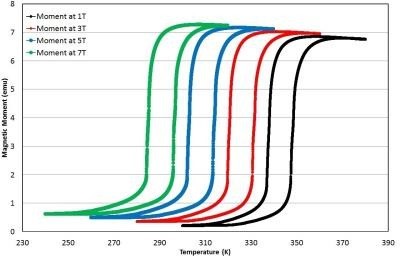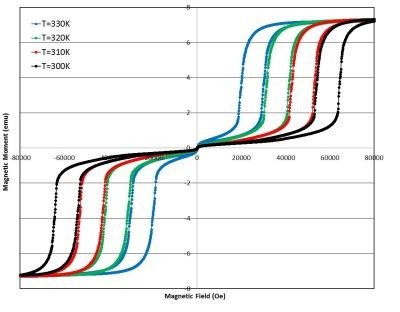Main Menu (Mobile)- Block
- Overview
-
Support Teams
- Overview
- Anatomy and Histology
- Cryo-Electron Microscopy
- Electron Microscopy
- Flow Cytometry
- Gene Targeting and Transgenics
- High Performance Computing
- Immortalized Cell Line Culture
- Integrative Imaging
- Invertebrate Shared Resource
- Janelia Experimental Technology
- Mass Spectrometry
- Media Prep
- Molecular Genomics
- Primary & iPS Cell Culture
- Project Pipeline Support
- Project Technical Resources
- Quantitative Genomics
- Scientific Computing
- Viral Tools
- Vivarium
- Open Science
- You + Janelia
- About Us
Main Menu - Block
- Overview
- Anatomy and Histology
- Cryo-Electron Microscopy
- Electron Microscopy
- Flow Cytometry
- Gene Targeting and Transgenics
- High Performance Computing
- Immortalized Cell Line Culture
- Integrative Imaging
- Invertebrate Shared Resource
- Janelia Experimental Technology
- Mass Spectrometry
- Media Prep
- Molecular Genomics
- Primary & iPS Cell Culture
- Project Pipeline Support
- Project Technical Resources
- Quantitative Genomics
- Scientific Computing
- Viral Tools
- Vivarium
Magneto-Caloric MRI Particles
Novel imaging and therapeutic modality in MRI
Magnetic resonance imaging (MRI) is widely used as a noninvasive clinical diagnostic tool that uses a magnetic field and radio waves to create the detailed images of cells/tissues/organs within the body. However, conventional MRI contrast agents in typical MRI magnetic fields show very weak dependence of magnetization with respect to temperature or magnetic field. A magneto-caloric material provides an alternative to gadoliniumbased contrast agents used for MRI.
Researchers at HHMI’s Janelia Research Campus and the National Institutes of Health have developed the use of magneto-caloric materials as switchable and tunable contrast agents for MRI based on the observation that magneto-caloric materials have a sharp transition of magnetization at physiological temperatures and typical MRI magnetic fields. As an example, Iron-Rhodium (FeRh), a proto-typical magneto-caloric material, was tested as a MRI contrast agent. A typical FeRh disk sample exhibits a sharp transition from an antiferromagnetic to a ferromagnetic state over physiologically relevant temperatures (Fig. 1).

Fig. 1 Magnetic moment vs. temperature of FeRh disk sample at various constant DC bias magnetic fields
Further, the sample exhibits a sharp transition at large DC magnetic field values and around physiologically relevant temperatures (Fig. 2). These results clearly show that FeRh has MRI contrast changes due to the temperature tunable magnetic state of the material in the MRI compatible magnetic field range and physiologically relevant temperature range.

Fig. 2 Magnetic moment vs. magnetic field of FeRh disk sample at various constant temperatures
Advantages:
- Magneto-caloric materials have sharp magnetic phase transitions at typical physiological temperatures and in the presence of the large DC magnetic field values associated with MRI machines, making them uniquely suitable for the development of novel MRI contrast agents.
- Magneto-caloric materials can be made to be a switchable MRI contrast agent, allowing magnetocaloric materials to be sharply visible or invisible in typical MRI procedures by small changes in temperature or magnetic field.
- Magneto-caloric materials can be made to be a tunable MRI contrast agent using various material science techniques such as alloying and doping.
Applications:
- MRI
Opportunity:
Commercial License or Non-Profit Research
